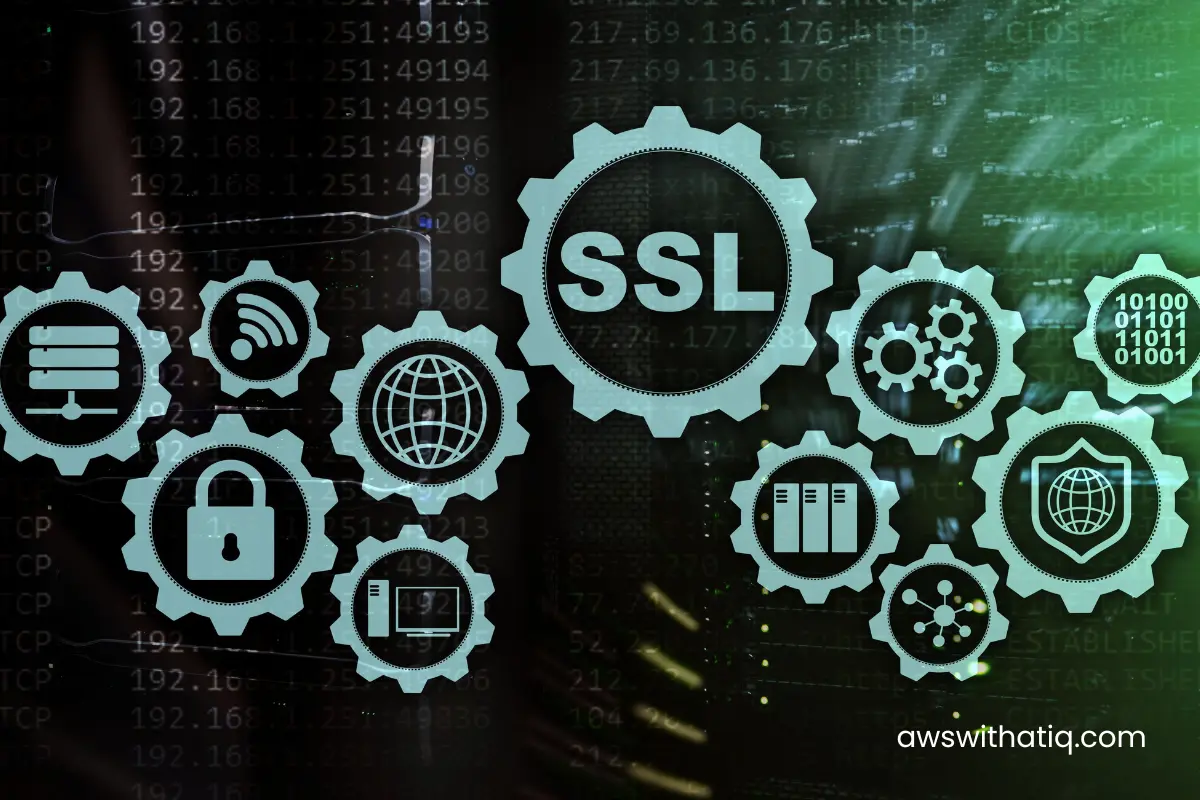MongoDB is a popular, open-source, NoSQL database that is known for its scalability and flexibility. One of the key features of MongoDB is its support for Secure Sockets Layer (SSL), which is a protocol for establishing secure and encrypted connections over the internet.
SSL allows MongoDB to encrypt data that is transmitted between the MongoDB server and the client, ensuring that the data is protected from eavesdropping and tampering. This is especially important in environments where sensitive data is being transmitted, such as financial or healthcare institutions.
To enable SSL in MongoDB, you will need to first obtain a valid SSL certificate from a trusted certificate authority (CA). This certificate will be used to establish a secure connection between the MongoDB server and the client. The certificate should be in the PEM format and should include both the private key and the certificate.
Once you have obtained a valid SSL certificate, you can configure MongoDB to use it by editing the MongoDB configuration file. This file is usually located at “/etc/mongod.conf”, and you will need to add the following configuration options to enable SSL:
net:
ssl:
mode: requireSSL
PEMKeyFile: /path/to/your/ssl.pem
The first option, “mode: requireSSL” tells MongoDB to require that all connections use SSL. The second option, “PEMKeyFile,” specifies the location of the SSL certificate and private key.
It’s worth noting that, in addition to SSL, MongoDB also supports Transport Layer Security (TLS) which is the successor of SSL. MongoDB can be configured to use either SSL or TLS, depending on your needs.
Once SSL is enabled, you will need to configure your MongoDB clients to use SSL when connecting to the MongoDB server. This can typically be done by specifying the “SSL” option when connecting to the server, along with the path to the SSL certificate.
In addition to encrypting data in transit, MongoDB also supports encrypting data at rest. This feature allows you to encrypt data that is stored on a disk, ensuring that it is protected even if the disk is stolen or otherwise compromised. Enabling data encryption at rest requires additional configuration steps, such as setting up the Key Management Service (KMS) and the encryption options in the MongoDB configuration file.
Conclusion,
MongoDB supports SSL and TLS, which are protocols that allow the establishment of secure and encrypted connections between the MongoDB server and the client. Enabling SSL in MongoDB requires obtaining a valid SSL certificate, editing the MongoDB configuration file, and configuring the client to use SSL when connecting to the MongoDB server. Additionally, MongoDB also supports encrypting data at rest, which can provide an additional layer of security for sensitive data. It’s important to understand the requirements and the security level that your organization needs to properly configure SSL and encryption options in MongoDB.



